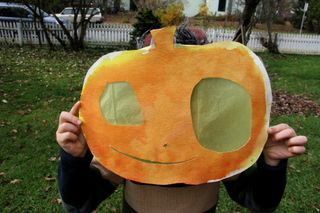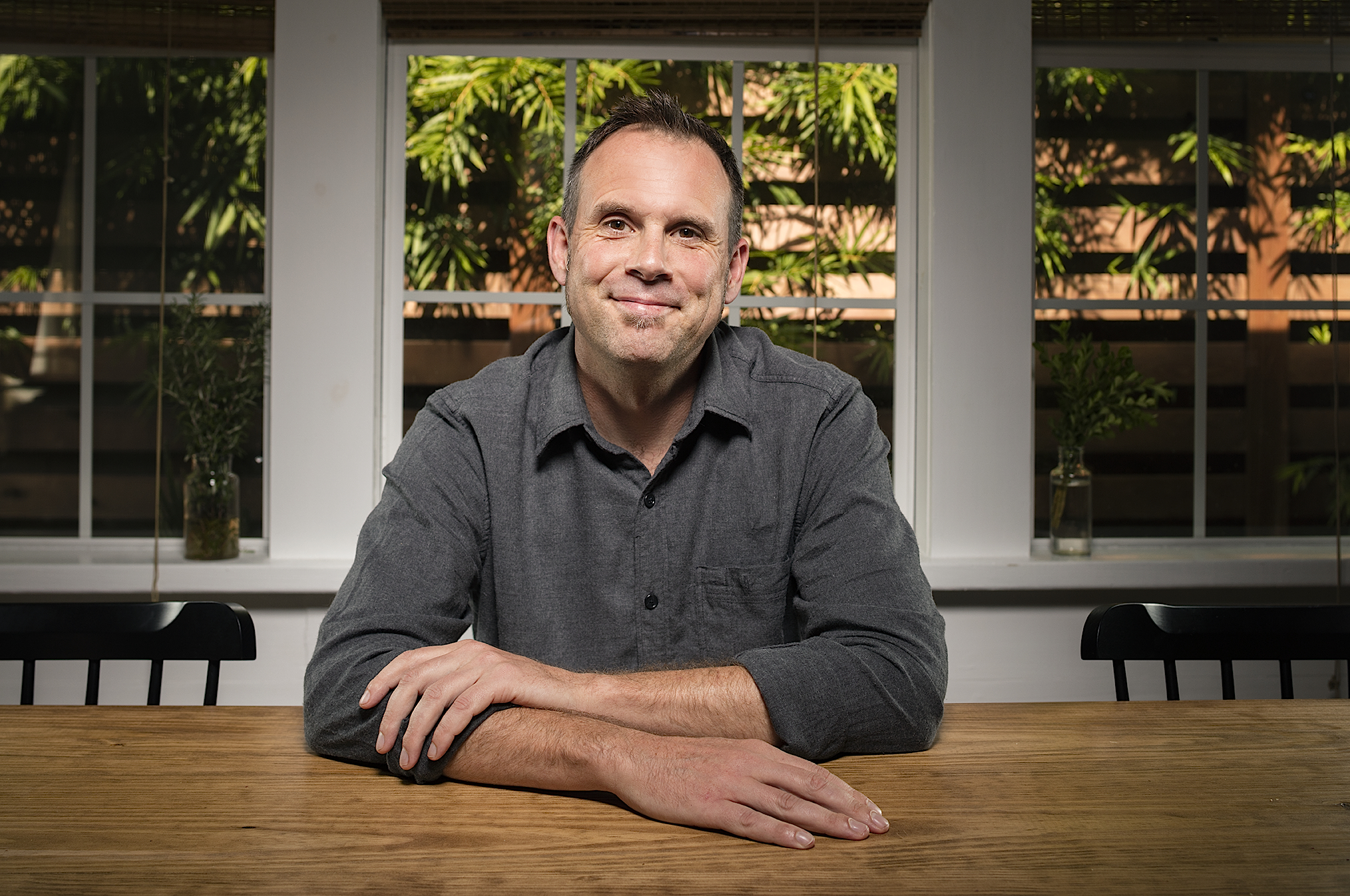The Wonder of Halloween
This is a repost of an article written for http://www.simplicityparenting.com/
The end of October and the beginning of November are unique in the year. Think of the world festivals during that span of three days: Halloween, All Souls Day, All Saints Day, Diwalli, Samhain, Day of the Dead. How do you imagine them? Many of us see them at night. We see them in the darkness with lights above in the form of stars or fireworks – or lights below in the form of flickering candles.
The common images from these holidays celebrate both darkness and light, but with a mood very different from that of Advent, Chanukah and Christmas. Rather than a feeling of joyous anticipation, we feel wide-eyed and watchful – as if we are about to be surprised.
Though the festivals of late October and early November are all very different, there is a thread that winds its way through them all. This thread is also present during the changes of the season: the descending nature of autumn in the northern hemisphere and the rising nature of spring in the southern. This thread is wonder.
We are in a state of wonder as we light the candles in remembrance of the dead, witness fire ‘crackers’ overhead, dress up in wild costumes and parade through the streets. Wonder is all around us as the leaves change color and fall, as well as when the fruit trees break out in flower.
Most of the festivals during this time of year have held onto that wonder and kept it in focus. But there is one that feels a little confused. And that is Halloween.
Now, the wonder has not vanished from contemporary Halloween celebrations. In fact, I think it has never been stronger. The commercialization and intensification of the festival, however, has added a layer of stress that has transformed the wonder into something else.
Wonder plus stress can become scared. Wonder plus sugar can become frenzied.
This, I believe, is why children actually want to dress in gory costumes of monsters, the undead and the maimed. They are still looking for wonder. Their aim, I believe, is true. But what they are getting is not unlike the sugary treats. They are getting high-octane wonder in the form of surprise and fear. Instead of the complex sweetness of an apple, they are getting the distilled and intensified sweetness of Skittles. Instead of the wonder of a flickering candle, they are getting the intensified wonder of a sudden scare.
But reframing Halloween isn’t enough for many of us, as we long for a simpler, more pure experience of wonder for our children. As someone who has put a lot of effort into this particular festival, I can say that the children want it too. They want to slow it all down and savor the wonder rather than gulping it like a handful of M&Ms. They want to walk slowly, eyes watchful, as they brush through fallen leaves and spot little lights in the windows of houses nearby. They want to tense up as they approach the door – a door that looks so different at night – and then knock, oh so carefully. They want to wait – imagining who will answer; what will they say, what will happen?
And then smiles and treats and happy conversation follows – providing a rest, an outbreath, before doing it all over again.
The key, I think, is paying attention. Whether you enjoy the tradition of neighborhood trick-or-treating, or you create your own magical Halloween experience: pay attention to the details. Pay attention to the costumes, the treats, the walk, the candles, the decorations, the happy faces. Paying attention to all the aspects of a festival naturally slows it down and simplifies it. Paying attention welcomes in delight and gratitude as well – and they are friends for any celebration.
If you can pay attention but still make room for inspiration, transformation and surprise, then you can offer an experience of wonder to your children, while feeling the wonder yourself. And truly, this is what we all want anyway.
About the authors
-

David Sewell McCann
Story SpinnerDavid Sewell McCann fell in love with spinning stories in first grade – the day a storyteller came to his class and captured his mind and imagination. He has been engaged in storytelling all of his adult life through painting, film-making, teaching and performing. Out of his experience as a Waldorf elementary class teacher and parent, he has developed a four step method of intuitive storytelling, which he now shares through workshops and through this website.



